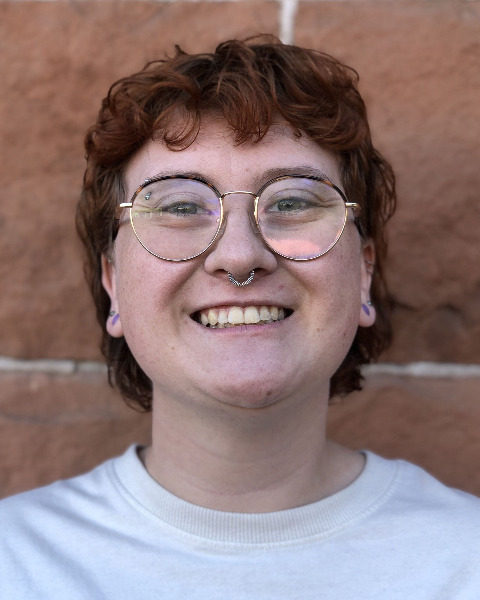Member Symposium
Diversity, Equity, and Inclusion
Queer Entomology: A Retelling of Entomology Through a Queer Lens
The role of identity: Engaging in conversations about influencing science
Tuesday, November 12, 2024
2:39 PM - 2:56 PM MST
Location: Phoenix Convention Center, 225 A, PCC

Archie-Em Walker
Student
Colorado State University
Fort Collins, Colorado
Presenting Author(s)
In museum insect collections, labels accompanying specimens serve as both natural history records and anthropological artifacts. Beyond revealing patterns of species distributions, these labels also show a pattern of collectors. The prevalence of specimens collected by a small group of dedicated individuals, while invaluable, introduces biases that create data gaps and representation issues. These biases can limit the geographical and temporal scope of collections, potentially skewing our understanding of insect diversity and leaving an incomplete record of historical entomological practices. As entomology evolves to embrace diverse perspectives and address contemporary challenges like insect decline, it is important to recognize that museums preserve not only insect specimens but also the story of entomologists themselves. By addressing the interconnected issues of data completeness and inclusivity, we can improve the quality and accuracy of museum insect collections. This not only benefits future research but also better reflects the changing field of entomology as a robust and diverse practice.

.png)
